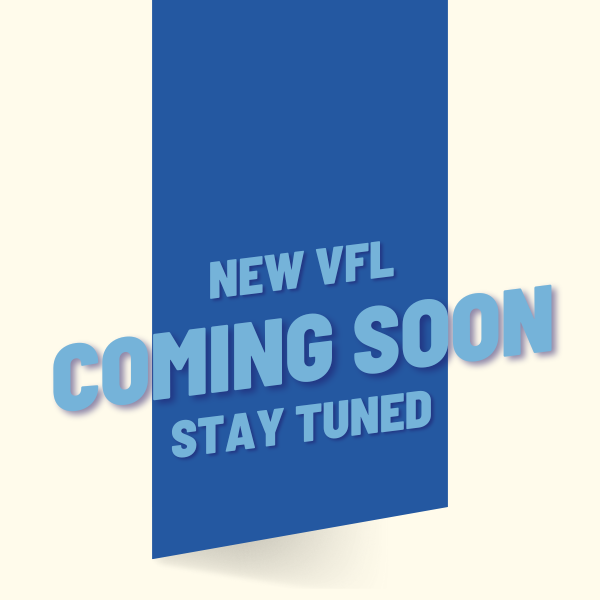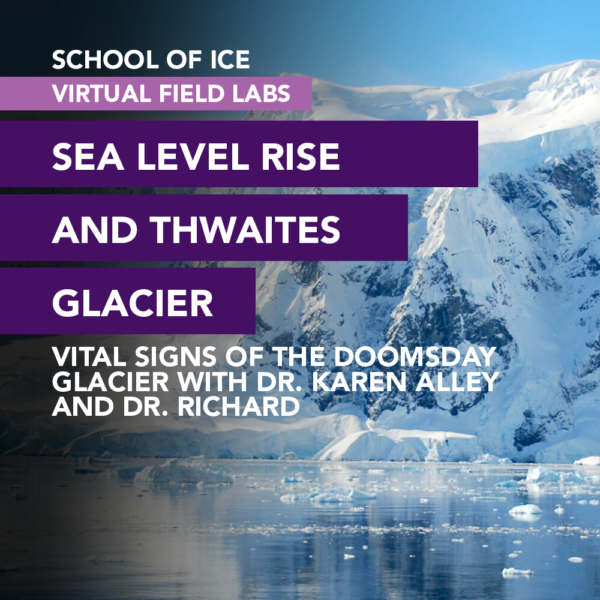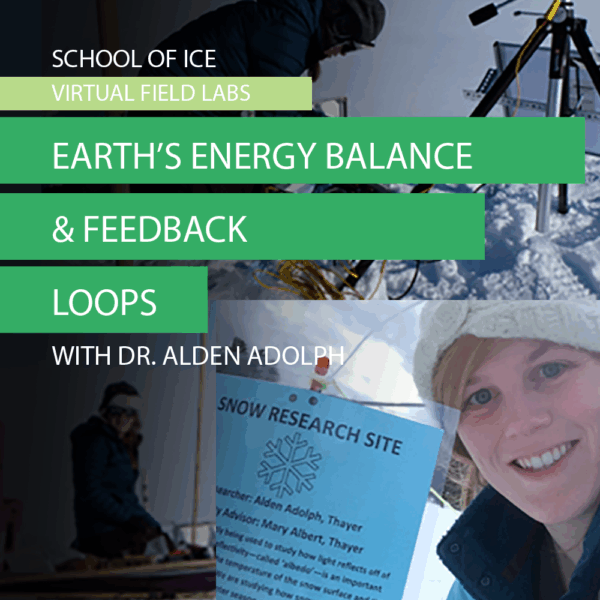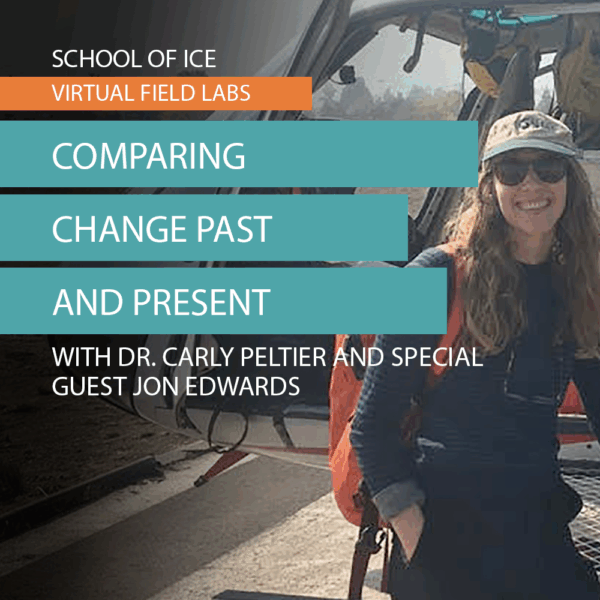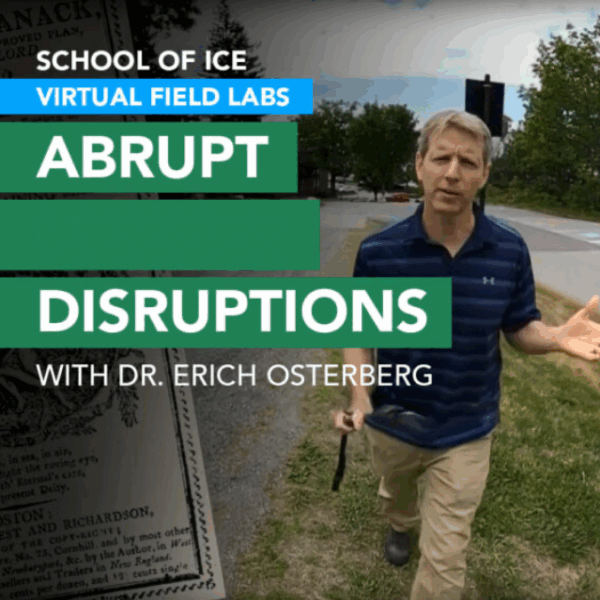Dive into a three-part virtual field lab led by Dr. Alden Adolph and the NSF Ice Drilling Program, where students investigate how snow, ice, and sunlight drive Earth’s energy balance—and how climate feedback loops accelerate change. From shrinking Arctic sea ice to expanding melt ponds on the Greenland Ice Sheet to microscopic shifts in snow grain size and dust, each episode reveals a different layer of the cryosphere’s impact on global climate. Along the way, students work with real satellite data, take measurements, run calculations, and build and interpret graphs, making this an ideal resource for science and math classrooms alike (recommended for grades 8–12 and introductory college courses).


